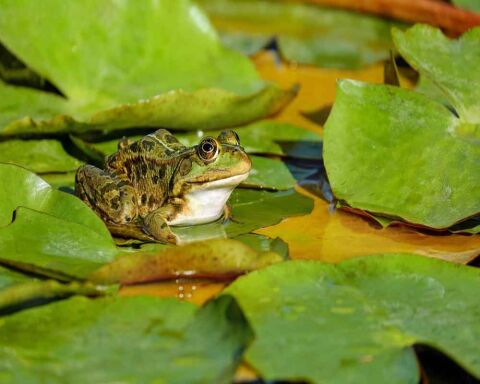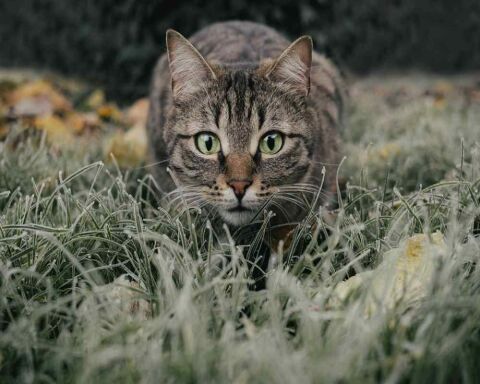

Yellowjackets, hornets and bees are all well-documented "pests" at hummingbird feeders, as are ants and many other creatures-you can't put out sugar in the summer and not expect to attract a wide range of things with a sweet tooth. And my use of the term "American" is insect shorthand, as a lot of "our" mantises were imported from other countries for pest control and went native-which may account for differences like why some can fly and some can't.) (I say "American mantises" because Wiki tells me that some tropical species are naturally pinkish-red or can become that color to hunt while perched on orchids. But I don't think American mantises can become red so they would be highly visible to both the hummingbirds and their dedicated human protectors.

Mantises are 'ambush hunters' that will sit still for a long time to grab a meal, and they can change their color somewhat to blend in with their surroundings and become even harder to see.

They love the color red and every part of a hummingbird feeder should be red. First, it might attract even more hummingbirds. So make sure that the feeders are hanging from shepherd's hooks positioned a good distance away from any plants, and grease the poles so that they're difficult to climb. Second, some mantises can fly, but many can't. You don't want to move them to another state, which would be wrong-just to another neighborhood. (Lots of images are available online.) Prune off the branch or whatever plant part any egg sacs you find are attached to and relocate them to the crook of a tree about a mile away. But a little research has led me to some helpful hints on maybe making their job harder.įirst, search the property for their egg masses, especially in the Fall-they're very distinctive. They are amazing insects just doing what comes naturally. Now-I am NOT suggesting that anyone kill or harm a mantis.

HUMMINGBIRD PREDATORS FULL
And when they grow to full adulthood, move on to larger prey-like small rodents, birds and lizards. Mantises, like spiders, are predators that eat pest insects and good insects like pollinators. And true beneficial insects (like ladybugs and lacewings) only prey on pests. Although commonly felt to be true, the stories about it being illegal to harm a mantis are just that-stories. Mantises are insects, but they are neither protected in the United States nor technically a beneficial. Let's begin with the praying mantis, that so-called 'protected' and 'beneficial' insect….
HUMMINGBIRD PREDATORS HOW TO
Can you please give me some advice as to how to deal with these problems?Ī. Q: I have managed to attract a colony of Ruby-Throated Hummingbirds to my inner-city patio for the past three summers, but I'm having trouble with two predators: Aggressive wasps that compete at the feeders and occasionally try and sting the birds and a garden friend turned enemy, the Praying Mantis, which I understand are wonderful to have in the garden, and as you know are a protected insect species here-but they are also one of the top predators of hummingbirds.


 0 kommentar(er)
0 kommentar(er)
